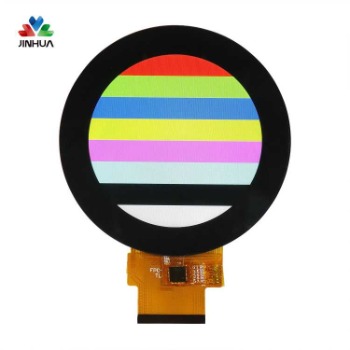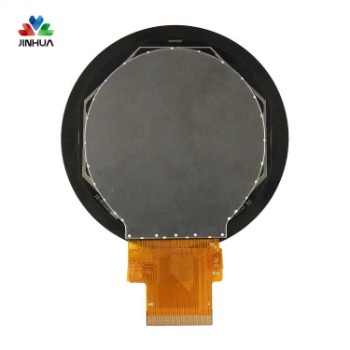There are significant differences between industrial displays and ordinary displays. These differences are mainly reflected in design, performance, use and adaptability to the working environment. Here are some of the main differences
Work environment adaptability:
Industrial displays are designed for use in extreme environments, such as wider temperature ranges, high levels of dust and water resistance, and the ability to withstand vibration and impact.
Ordinary displays are suitable for milder indoor environments, have a narrow operating temperature range, and have limited dustproof and waterproof capabilities.
Materials and Construction:
Industrial displays often use metal or reinforced plastic casings, which are more durable and scratch-resistant, and some even use tempered glass.
Ordinary displays mostly use plastic casings, which are lightweight but less durable.
Display technology:
Industrial displays may use professional-grade display technology, such as high brightness (for outdoor or high-light environments), wide viewing angles, high contrast, and long service life. Ordinary displays focus on color accuracy and visual comfort and may not have some of the advanced features of industrial displays.
Driver solution and motherboard design:
The industrial display uses industrial-grade motherboards and driver solutions to ensure stable operation under harsh conditions. Motherboards and drivers for ordinary displays may be more suitable for daily use, but they may not be able to continue to work under extreme conditions.
Interface and scalability:
Industrial display screens provide more industrial-grade interfaces, such as RS-2323232, Ethernet, VGA, DVI, etc., supporting connections with various industrial equipment. The interfaces of ordinary display screens may be more focused on consumer-level applications, such as HDMI and USB.
Cost and lifespan:
Industrial displays usually cost more than ordinary displays because they use more advanced materials, technology, and are designed to last longer. Ordinary displays cost less, but their lifespan and stability may not be as good as industrial-grade products.
Application areas:
Industrial displays are widely used in automation control, medical equipment, traffic monitoring, outdoor advertising and other fields that require high reliability.
Ordinary display screens are mainly used in daily applications such as personal computers, televisions, and consumer electronics. These differences enable industrial displays to operate stably for a long time in industrial environments, while ordinary displays are more suitable for home and office environments. The type of display chosen depends on the specific application needs and environmental conditions.






 English
English Deutsch
Deutsch русский
русский español
español العربية
العربية



 IPv6 network supported
IPv6 network supported
